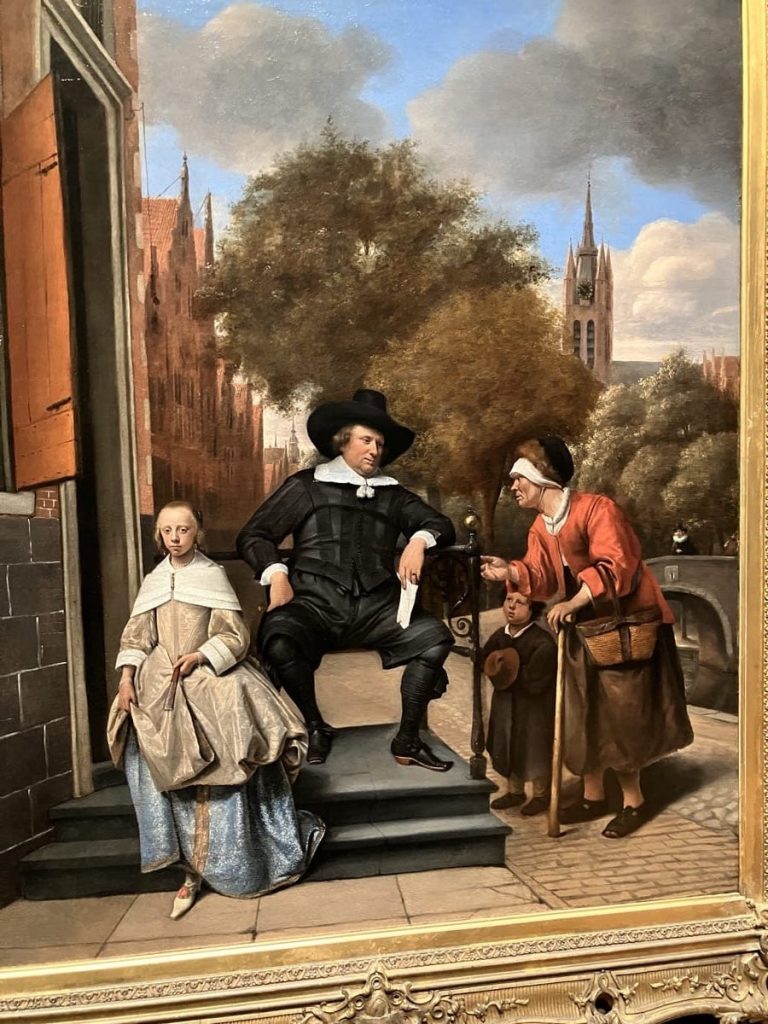museum_X
The Museum as a Sandbox of Inquiry
Most museums still present their collections in a traditional, didactic way: guided tours, static panels, and audio guides that tell visitors what to think and feel. While informative, this method often fails to engage modern audiences, particularly younger generations seeking interaction, meaning, and relevance. In a rapidly changing world, museums must do more than display art—they must activate it.
Reframing the Museum’s Role
Museums are not temples of static knowledge; they are civic spaces with the power to shape public dialogue. Artifacts and artworks are not dead relics—they are living archives ripe for reinterpretation. When students view a Rembrandt or a medieval triptych, they aren’t just observing a historical object; they are encountering a mirror in which contemporary issues—identity, justice, leadership, resistance—can be reflected.

From Collection to Connection: A Game-Based Approach
- What if we asked students to select characters in a portrait as avatars in a game?
- To create narrative arcs using mobile tools?
- To interpret the painting through the Hero’s Journey?
- To produce videos explaining their choices, blending fact and fiction into an alternate reality experience?
- What do you think is happening in the image?
- What makes you think that?
- What else do you see?
These “what ifs” are not just creative exercises but radical pedagogical tools. They turn the museum visit from a passive event into an active discovery process.
The Museum as a Sandbox of Inquiry
· Strategic Alignment ·

The new live full training in Museum by Eduagility playing now at European Museums
paintings from: https://www.rijksmuseum.nl/nl
